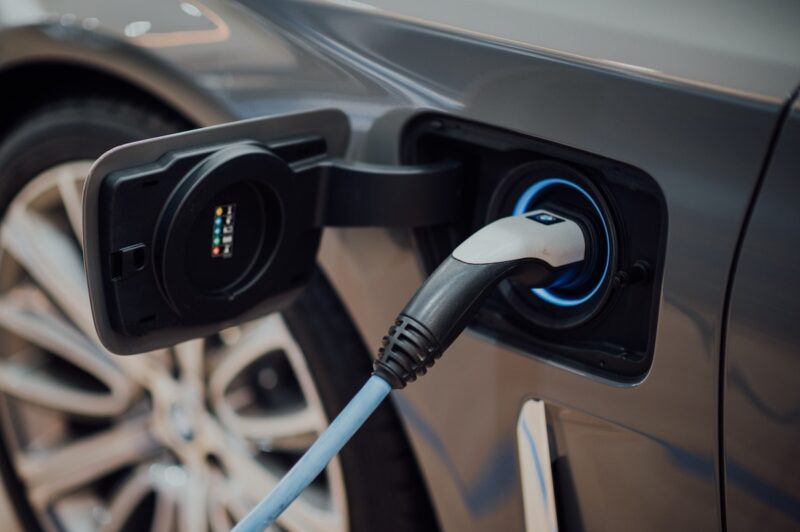Mitsubishi says its Australian plug in hybrid customers will be able to use their batteries to power their homes, and support the grid, after agreeing to collaborate with South Australian EV charging specialists V2Grid Australia.
The announcement is one of the first, if not the first, by a major car-maker following the announcement last year that new standards had been agreed to facilitate vehicle to grid (V2G), or bi-directional charging to Australian customers.
There is still some work to do on getting agreements from car makers, network operators, and equipment suppliers, but Mitsubishi and V2Grid have jumped in first, helped by the fact that the Mitsubishi cars – the Outlander and the Eclipse Cross plug in hybrids (PHEV) both use the old CHAdeMO charging protocol.
Most other EVs, particularly fully electric cars, use the new CCS2, which has required new standards and equipment to be developed.
V2G charging allows EV owners to use their cars as batteries in their own right, sending electricity from their car’s battery back to the grid.
This can help reduce power bills for individual consumers by limiting their need to take power from the grid. If widely taken up, V2G would have the added benefit of improving grid stability.
V2G can also enable customers to run essential appliances during power outages, and sell power back to the grid at peak times.
V2G tech cleared a crucial regulatory hurdle in November last year, with Standards Australia updating the national technical standard so that EV owners will not have to seek individual approval from electricity distributors to install and use V2G technology.
Last year, Mistubishi sold more than 6,000 Outlander PHEVs and more than 2,300 Eclipse Cross PHEVs in Australia, as the popularity of the hybrid cars grew amid ongoing concern about the range of fully electric cars.
Mitsubishi eMobility manager Tim Clarke says the company has worked hand-in-hand with V2Grid on software and hardware, on-site compatibility testing and to confirm its PHEV vehicles and the V2Grid bi-directional charger can deliver vehicle-to-grid and vehicle-to-home capability.
V2Grid Australia Co-Founder Matthew Downie said the CHAdeMO bi-directional charger was developed specifically with the Mitsubishi Outlander and Eclipse Cross PHEVs in mind.
“Bi-directional charging delivers a range of opportunities for PHEV and BEV owners and it’s only set to increase in popularity. We wanted to cater for all EV generations, and working closely with Mitsubishi on developing this solution has delivered this,” Downie said.
“The ability to access both vehicle-to-grid and vehicle-to-home technology is a real game changer for those looking to take full advantage of their PHEV or EV.”
V2Grid currently has one working CHAdeMO charger at their showcase site in Adelaide. The company is also working on a second charger that will be compatible with CCS2 connectors. It says it also working on 22kW and 40kW chargers which they are aiming to have built and tested by mid-2025.


